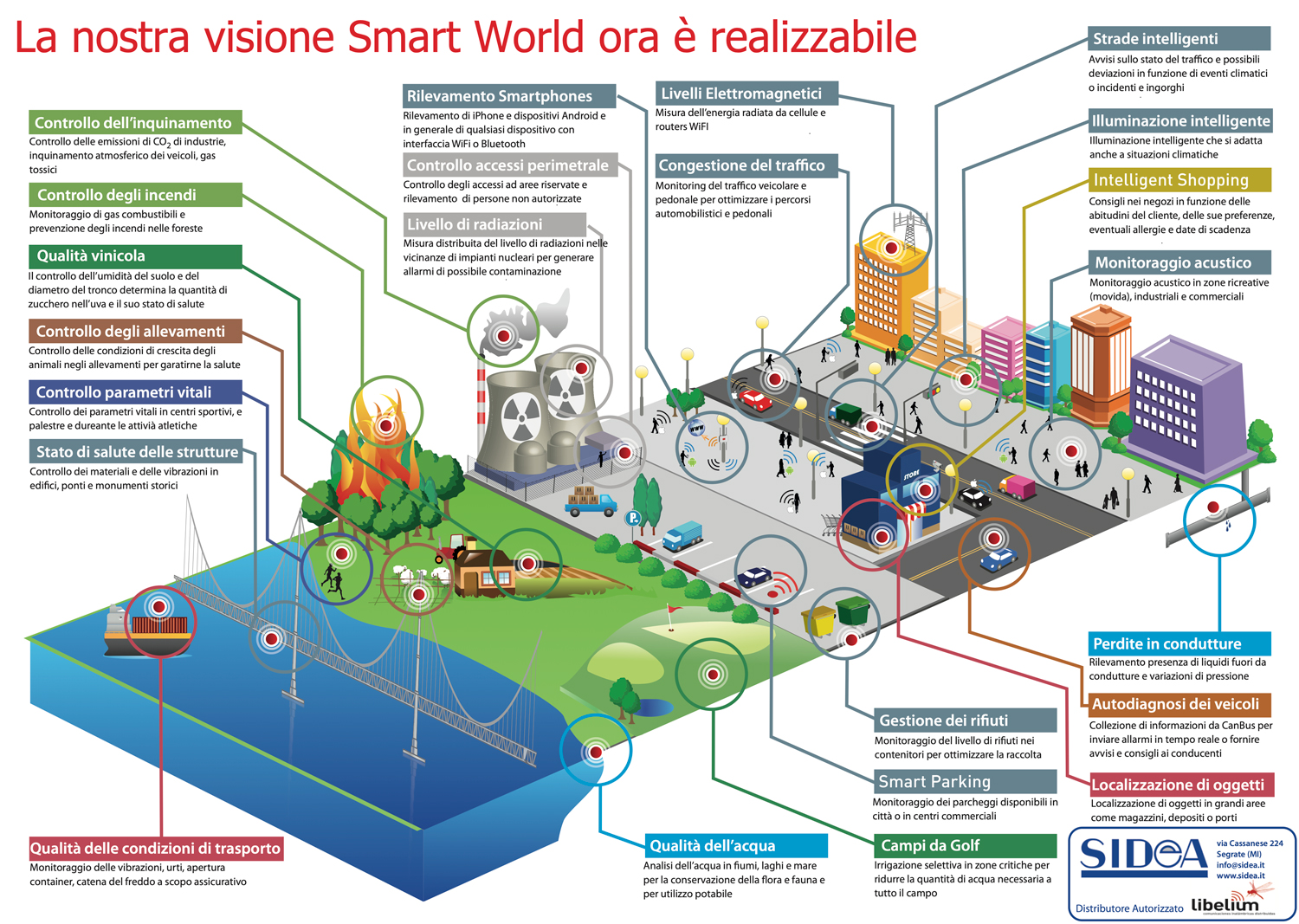Monitoring systems exploit IoT (Internet of Things) device connectivity to gather data for the continuous real-time monitoring of environments, processes, or objects.
IoT monitoring systems are equipped with integrated sensors that measure specific parameters such as temperature, humidity, pressure, level, motion, and many others. These data are collected and transmitted to a central platform, where they are processed and displayed for users.
Thanks to the possibilities offered by IoT connections, monitoring systems can be implemented on a large scale, enabling centralized management of a vast number of devices distributed across extensive geographical areas. Applications include environmental monitoring, energy network management, infrastructure monitoring, industrial security, and many others.
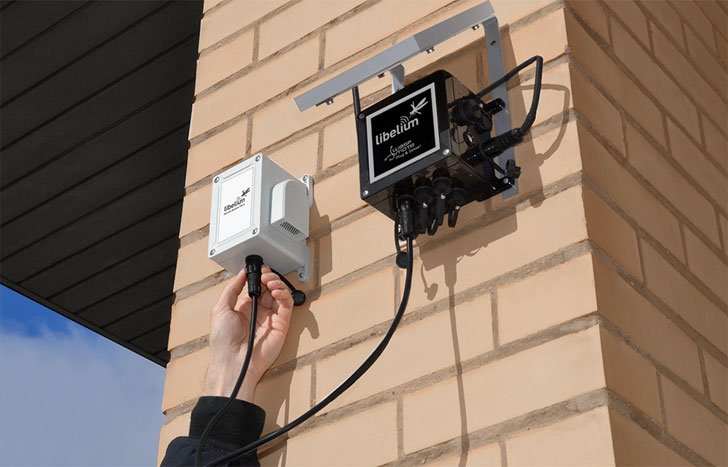
Air Quality Monitoring
The use of air monitoring systems based on IoT sensors enables the collection and real-time processing of data over significant distances. These systems incorporate innovative, low-power equipment that is cost-effective and easy to manage compared to previous solutions.
Integrated IoT sensors consistently measure the concentration of various substances in the air, both in open and enclosed environments, such as manufacturing facilities. The collected data, transmitted through secure connections, allows for the assessment of air quality in specific settings. It also facilitates the prompt identification of potential pollution incidents or breaches of safety thresholds based on established parameters.
SIDeA offers comprehensive, modular, and customizable air quality monitoring systems tailored to the requirements of businesses or public administrations.
Greenhouse Monitoring System
Application of smart technologies and IoT connectivity extends to the agricultural sector, providing industry professionals with innovative solutions to achieve sustainability goals, product quality, and business profitability. By integrating IoT technologies into cultivation activities, even farms become “smart“.
In this context, SIDeA specializes in developing and providing greenhouses monitoring systems, enabling real-time data acquisition of environmental conditions through internet-connected sensors.
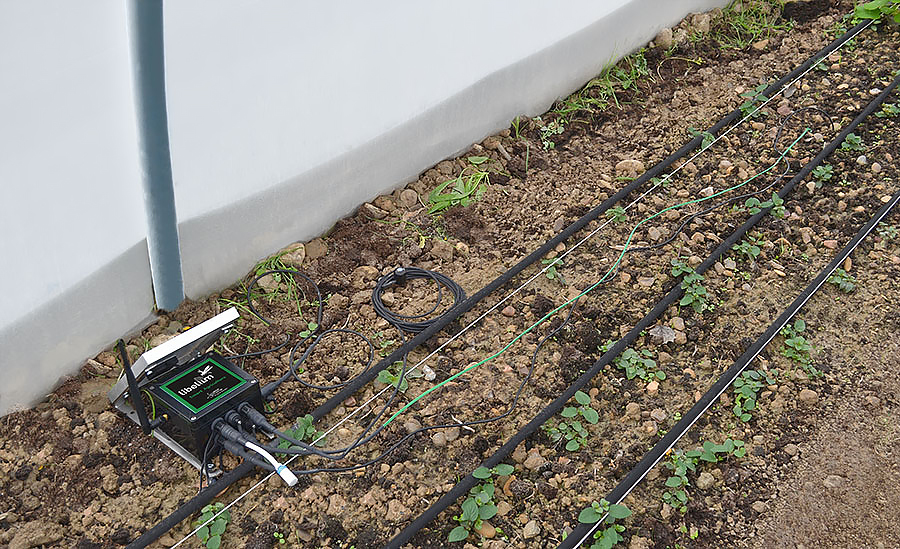
An IoT-enabled greenhouse monitoring system offers several benefits:
IoT sensors positioned within the greenhouse monitor various parameters, including temperature, humidity, light, CO2 levels, soil pH, soil temperature, leaf humidity, atmospheric pressure, solar radiation, and trunk diameter. The continuously collected data is transmitted to a cloud-based central platform, accessible to operators via computers or mobile devices.

Greenhouse Monitoring System
Application of smart technologies and IoT connectivity extends to the agricultural sector, providing industry professionals with innovative solutions to achieve sustainability goals, product quality, and business profitability. By integrating IoT technologies into cultivation activities, even farms become “smart“.
In this context, SIDeA specializes in developing and providing greenhouses monitoring systems, enabling real-time data acquisition of environmental conditions through internet-connected sensors.
An IoT-enabled greenhouse monitoring system offers several benefits:
IoT sensors positioned within the greenhouse monitor various parameters, including temperature, humidity, light, CO2 levels, soil pH, soil temperature, leaf humidity, atmospheric pressure, solar radiation, and trunk diameter. The continuously collected data is transmitted to a cloud-based central platform, accessible to operators via computers or mobile devices.
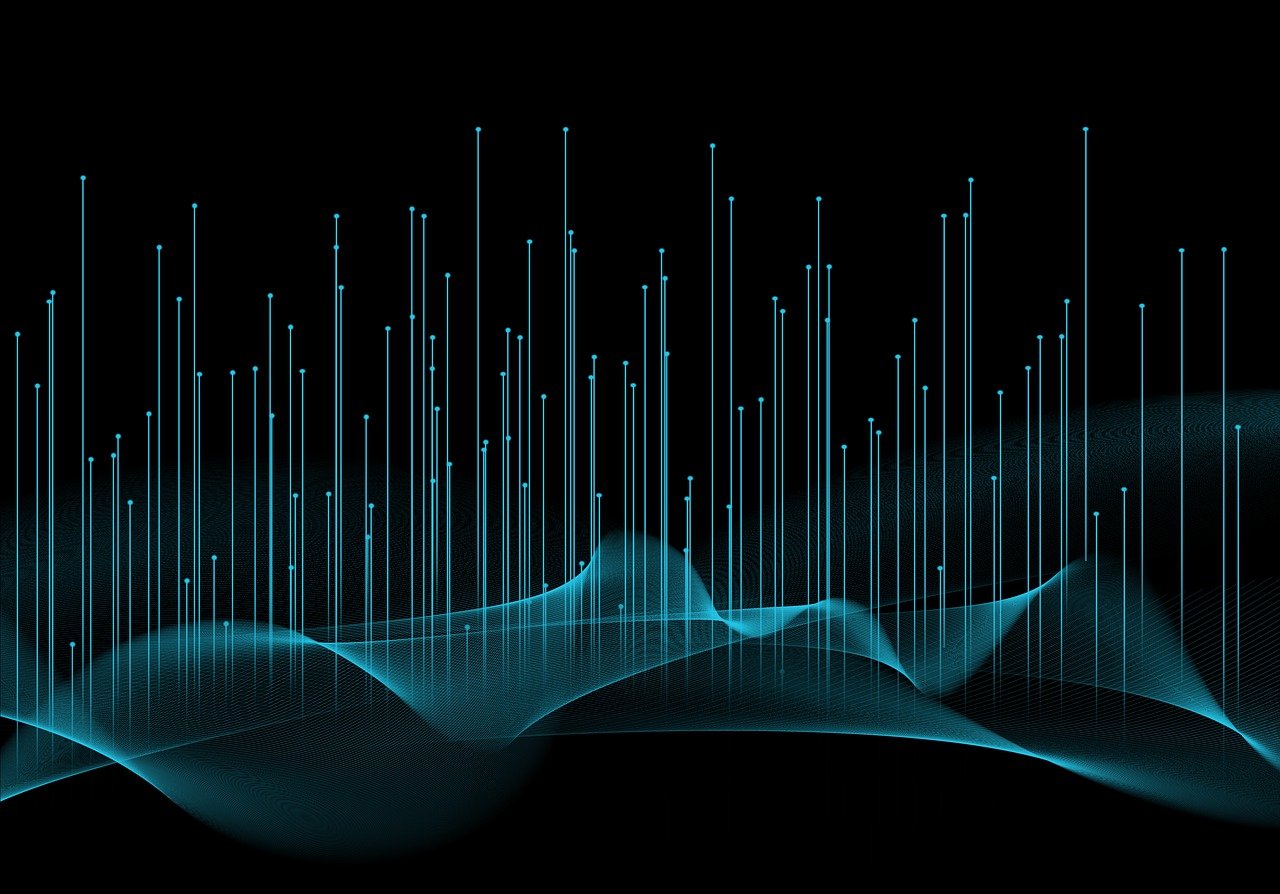
Vibration Monitoring Systems
IoT vibration monitoring systems offer an innovative solution to monitor and manage vibrations in industrial machinery and equipment.
Vibrations can serve as valuable indicators of the operational conditions of machinery, enabling performance evaluation and predictive maintenance to prevent potential breakdowns.
With IoT connectivity, the systems provided by SIDeA allow real-time vibration data collection, which is then transmitted to a central platform. From there, the data is analyzed using advanced algorithms to identify anomalies, trends, and patterns.
Among the tailored elements and services provided by SIDeA:
Climate Event Prevention
Extreme climatic events have become increasingly frequent in recent years, causing significant damages to populations and urban and productive infrastructures. IoT technologies in this context offer institutions and relevant authorities solutions to monitor, detect, and mitigate the adverse effects caused by such phenomena.
SIDeA designs climate event effects prevention systems that harness IoT connectivity to collect environmental data from a network of sensors deployed in various locations. These data are sent to platforms where they are processed and analyzed using advanced algorithms.
These prevention systems for climate event effects can identify anomalies or deviations from reference values and generate timely alerts for operators.
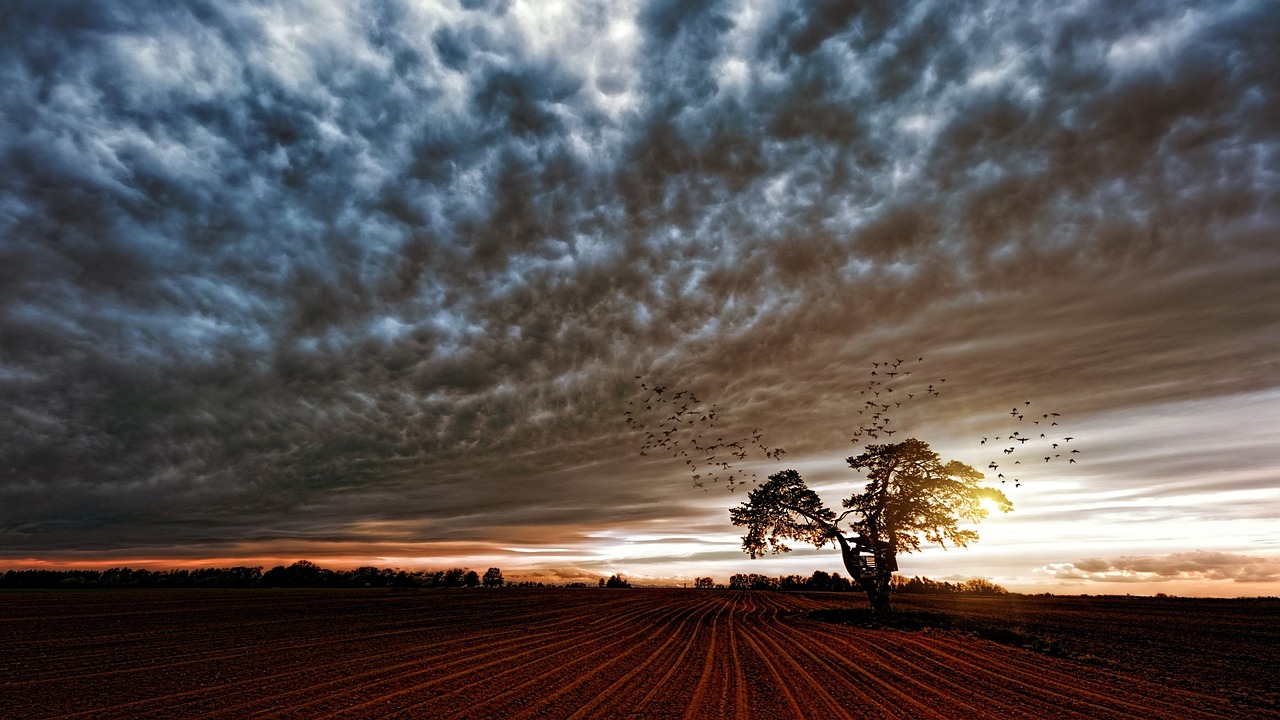
SIDeA provides tailor-made solutions based on client’s specific requirements, composed of the following elements:

Climate Event Prevention
Extreme climatic events have become increasingly frequent in recent years, causing significant damages to populations and urban and productive infrastructures. IoT technologies in this context offer institutions and relevant authorities solutions to monitor, detect, and mitigate the adverse effects caused by such phenomena.
SIDeA designs climate event effects prevention systems that harness IoT connectivity to collect environmental data from a network of sensors deployed in various locations. These data are sent to platforms where they are processed and analyzed using advanced algorithms.
These prevention systems for climate event effects can identify anomalies or deviations from reference values and generate timely alerts for operators.
SIDeA provides tailor-made solutions based on client’s specific requirements, composed of the following elements:

